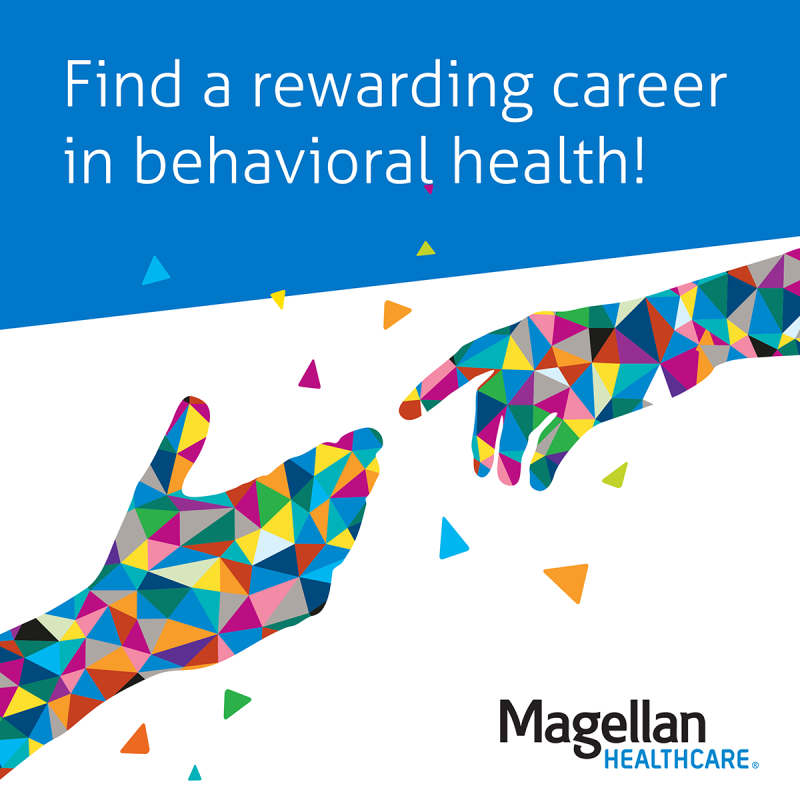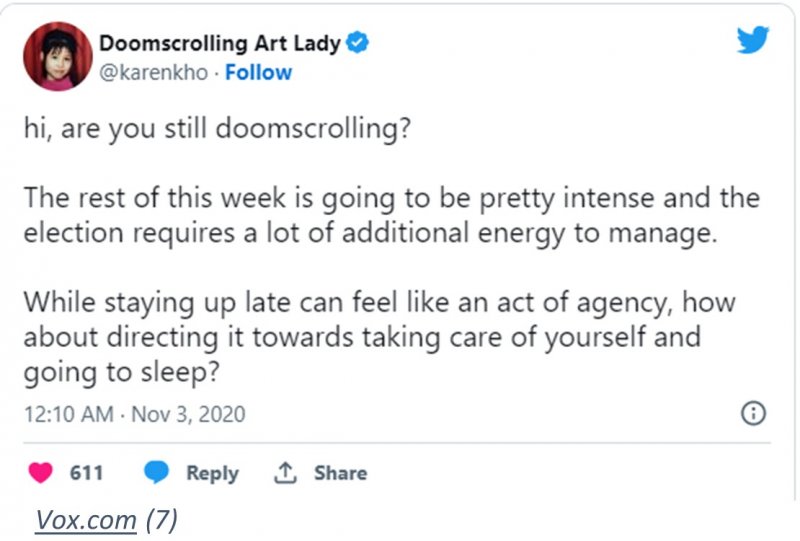For our kids, disruptions caused by the COVID-19 pandemic are likely more than just that – temporary inconveniences, varying in severity, until life goes back to “normal.” Besides missing out on once-in-a-lifetime events, like graduations, birthdays and other milestones – at least in a way they would traditionally be observed – regular human interactions, part of social and emotional development, have changed. While adults may be experiencing a serious blip on the radar, children may be experiencing an interruption in brain development and/or lack the ability to fully cope in this unchartered territory.
In this post, we will contemplate these issues and draw on knowledge from Magellan Healthcare’s recently updated clinical monograph, Understanding and Meeting the Needs of Children and Adolescents at High Risk, which highlights evidence-based prevention and treatment approaches for problematic behaviors and various types of behavioral health challenges in children and adolescents.
As we think about the significance of childhood development, the following points from Magellan’s monograph provide insights:
A growing body of scientific information has confirmed the importance of the first five years of life, when the ongoing construction of brain architecture impacts youth social and emotional development, the ability to learn new behavior and skills, and how the youth evolves into adolescence.
Advances in neuroscience have contributed new understanding of adolescent development. During adolescence, the brain experiences a period of major development comparable to that of early childhood.
With much changing in our kids’ lives and environment – virtual schooling, modified in-person play arrangements with friends and reduced time with extended family – the responsibility falls on parents and caregivers, as it always does, to ensure their child’s wellbeing and adjustment. Magellan’s monograph offers the following to ponder:
While genes determine when specific brain circuits are formed, experiences actually shape their formation and are fueled by a self-initiated, inborn drive toward competence. This phenomenon depends on appropriate sensory input and stable, responsive relationships whereby adults respond to a child’s natural reaching out for interaction.
However, when parents are under unprecedented stress and often just trying to make ends meet, attending to their child’s increasing needs can understandably be overwhelming. In addition to the role of parent and full-time employee, many adults have taken on the additional roles of teacher, daycare worker and entertainer, to name a few. In some cases, however, a parent’s struggles may lead to neglect of their children. Magellan’s monograph highlights the following of child neglect:
While child abuse is more widely acknowledged and publicized, child neglect is, in fact, the most common type of child maltreatment, which frequently goes underreported. Expanding on the earlier discussion of impaired brain development, it is now understood that lack of stimulation and necessary care early in life may cause children to remain in a state of “hyperarousal” (i.e., constantly anticipating threats and/or experiencing dissociation) rather than a normal state of attentive calm. This phenomenon leads to a decreased ability to benefit from social, emotional and cognitive experiences and results in other psychosocial consequences. Together with insecure attachments, this state of hyperarousal can significantly affect normal growth and development.
Many parents are also managing their own mental health conditions and substance use disorder during the pandemic, which adds to the impact of what children and adolescents are experiencing themselves. The monograph outlines the risks for children of these parents:
There are many serious risks to children and adolescents who have a parent or both parents with mental illness. The American Academy of Child and Adolescent Psychiatry (AACAP) calls attention to the strong genetic predisposition in children for inheriting bipolar disorder, an anxiety disorder, attention deficit-hyperactivity disorder (ADHD), schizophrenia, alcoholism or other SUD, or depression. Recent studies have also demonstrated delayed brain development in young children of depressed mothers. Further, the AACAP notes the additional stress that mental illness places on a marriage and parenting abilities of the couple, and the risks that stem from an inconsistent, unpredictable family environment that can contribute to psychiatric illness and developmental delays in children.
It’s also appropriate to consider the older children and young adults who may lack the ability to cope with increased stress and instability. Magellan’s monograph calls attention to recent research:
A CDC report on mental health, substance use and suicidal ideation during the COVID-19 pandemic shows that while 11% of adults seriously contemplated suicide in June 2020, the same was disproportionately reported by young people aged 18 to 24 (26%).
During these difficult times, we’re all doing the best we can. And we know that brighter days are on the horizon. Until then, and always, as we’re helping ourselves and our children through, let’s remember that “information is power,” as they say. To that effect, we encourage you to learn more in our full children’s clinical monograph here.


 Doomscrolling Defined
Doomscrolling Defined
